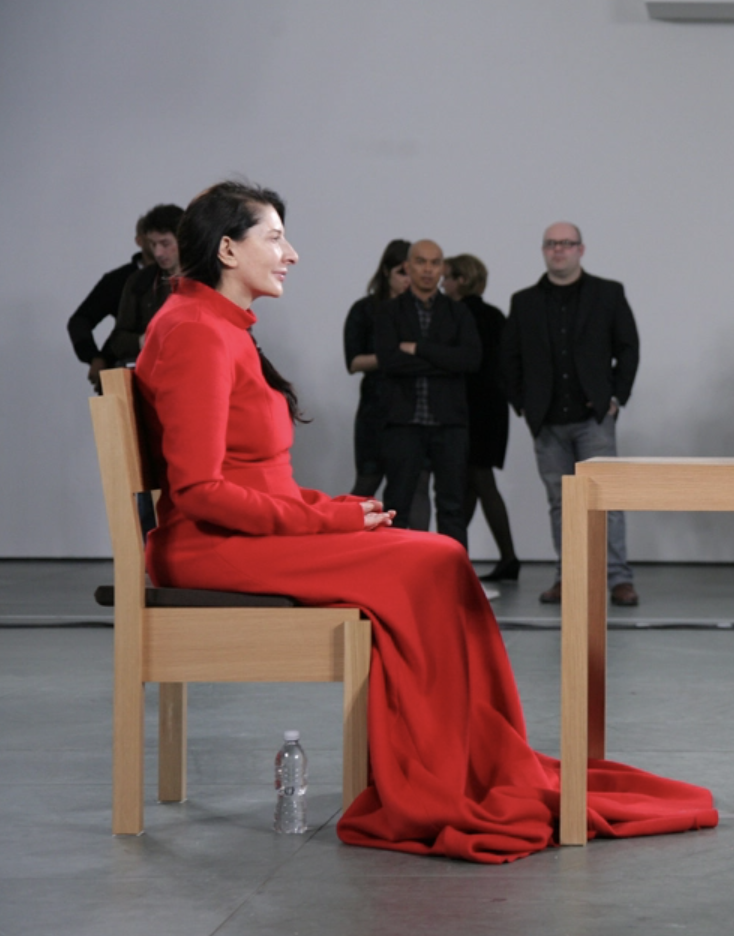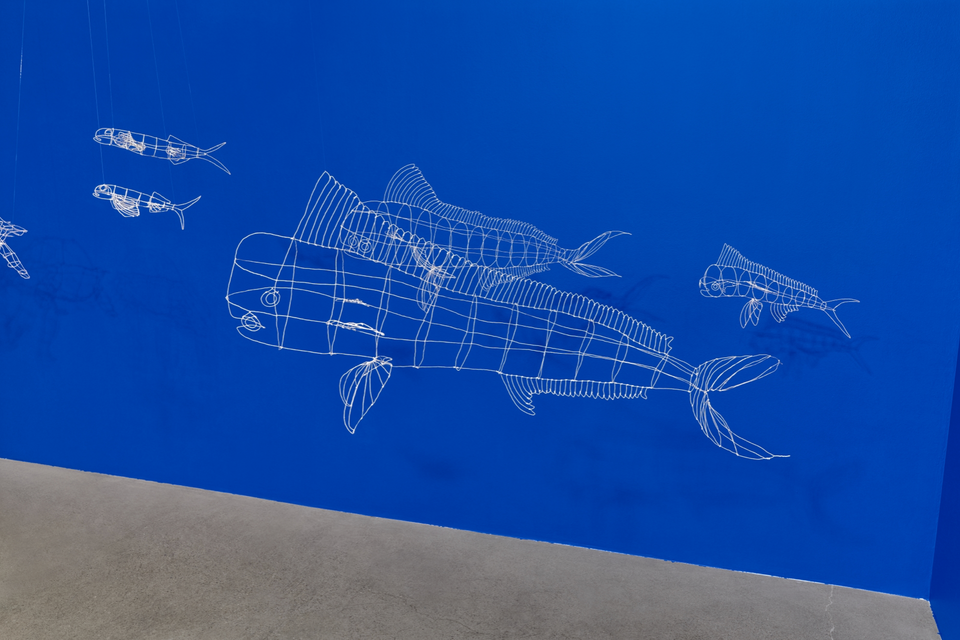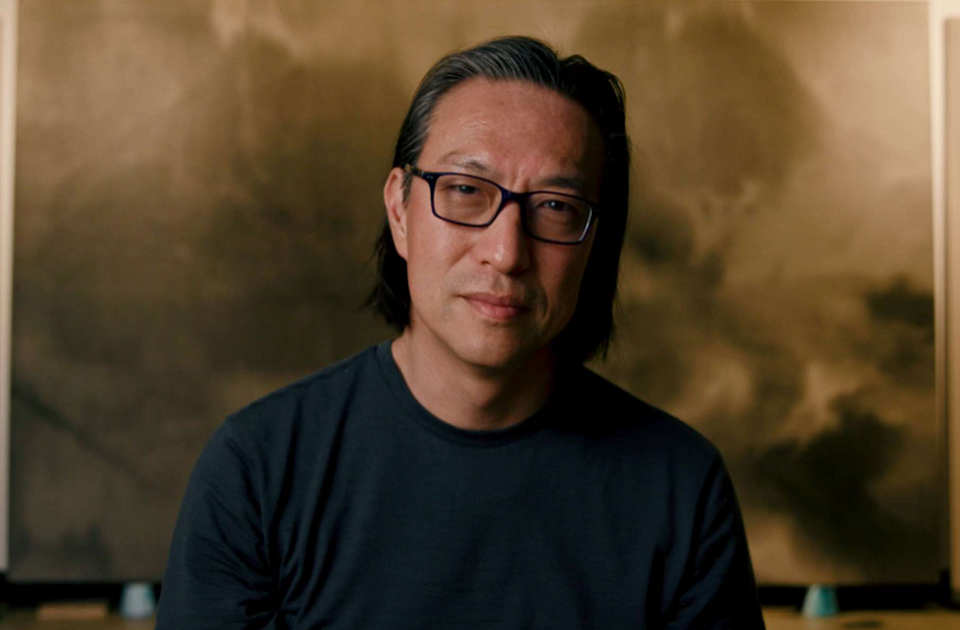
I started reading the newspaper as a child when, every morning, I would pour myself a bowl of cereal and then wrestle the Extra section of the Roanoke Times and World News from my dad. Both Dad and I enjoyed reading “the funnies,” and for as long as I can remember, I’ve started my day by crunching cereal and slurping milk from the spoon, eyes glued to the paper held perpendicular to the kitchen table. In those early years, I stuck with Family Circus, For Better or For Worse, and other innocuous fare. My brother had a collection of Garfield books, which lived (I’m not ashamed to say) in the bathroom, a perfect way to pass the time in there. To be sure, comic strips were an important part of my formative years.
By high school, I had added the somewhat more mature Funky Winkerbean to my daily reading and, eventually, Doonesbury, whose political humor, I’m sure, was not appreciated by certain mavericks in our midst. I also started reading Bloom County, and while I did not always get the jokes, I read them anyway; I’ve always had a tender place in my heart for Opus.
Somewhere along the way, perhaps because of a civics assignment on current events, I stopped beelining for the funnies and started actually reading the front section. While I soon developed a keen interest in keeping up with the news, the real reason I kept coming back for more was found in the back of the front section, where I discovered another type of cartoon. These were not mere entertainment; these drawings, sometimes accompanied by captions and sometimes with no caption needed, stirred me deeply as a youth. I have strong memories of being very touched by a certain cartoon depicting starving Black African children and fat white politicians in bulging suits, with big cigars protruding from cinched lips. That cartoon pricked my innate sense of justice, and I felt angry.
While I did not realize it at the time, those political cartoons in my hometown paper were birthing something in me – a deep and abiding appreciation for the oft-dismissed art of cartooning.
The cartoon is an art form that comes in many shapes and sizes, from comic strips to editorial cartoons and political satire. To be a successful cartoonist, one must not only be gifted artistically – i.e., able to draw – but also highly intelligent, with a keen eye for the ironic and an ability to see the humor, albeit sometimes sardonic humor, in current events. Today, for example, cartoonists are as influential as any political strategists in how people see Barack Obama – as either a messiah figure or a terrorist. (The New Yorker learned firsthand that is it, in fact, possible to go too far, with its July 21, 2008 cover, showing Obama, dressed as Osama Bin Laden, in the Oval Office with his wife, Michelle, portrayed loosely as Black Panther activist Angela Davis and adorned with an automatic weapon. The cover, drawn by Barry Blitt, set off public outrage, resulting in canceled subscriptions and irate media coverage.) Cartoonists are skilled illustrators offering at once either a humorous or mordant take – or sometimes both – on the state of current affairs.
In short, cartoons play a very important role in shaping culture and should not be underestimated or dismissed.
Think I’m exaggerating? Consider this: cartoons were one of the key items of propaganda splayed across newspapers worldwide in the early twentieth century. Whether it was Uncle Sam pointing at you for military service or Adolf Hitler hovering menacingly over a globe, cartoons shaped peoples’ thoughts: patriotism, good; evil Nazi dictators, bad. In this case, it could be argued, cartoons served a good purpose.
On the other hand, Nazi spin doctors used cartoons to help convince millions of otherwise decent human beings that Jews were intent upon taking over the world and should be be feared, loathed and exterminated. In fact, Anti-Semitic cartoons were among the evidence introduced at the Nuremberg trials to show how Germany was “turned to Jew hating.”
Less than a century earlier, cartoons were used to help shape public opinion during the Civil War era. In fact, Ian Finseth notes in Scartoons: Racial Satire and the Civil War that “American visual satire,” i.e. political cartoons, developed tremendous cultural significance during this era. He writes, “Increasingly sophisticated, extremely popular, published cartoons reflected the most wrenching episode of American history in a light at once humorous, tragic, and disquieting. Beyond the political and economic dynamics that underlay the war, racial issues provided cartoonists with a rich and easily accessible source of material. Abolitionist, pro-slavery, and just plain racist sentiments were expressed and disseminated in popular images of African-Americans.”
While certainly cartoons are usually entertaining, even when they are serving as tools of persuasion, the truly good ones are also very intelligent. For example, Gary Larson, creator of The Far Side, started out with scientific ambitions, particularly in the field of biology. He never intended to become a cartoonist, but somewhere along the way, cartooning became the language he used to reconcile his scientific mind with his somewhat sardonic sense of humor. (His anthology, The Prehistory of the Far Side: A Tenth Anniversary Exhibit, comes with a warning for the humoristically squeamish. It contains not only some of the his most loved cartoons, but also some that editors refused to run because of their questionable content, i.e. potty humor, cannibalism humor, and potentially offensive religious humor.)
My own generation has witnessed the power of political cartoons and the seriousness of their effect on public opinion. No one over the age of twenty can forget the violent reaction Muslims worldwide had to the satirical depictions of Muhammad run in the Danish newspaper Jyllands-Posten. In all, over one hundred people are said to have died in protests and riots erupting as a result of those cartoons. One group of offended Muslims, however, decided to fight cartoons with cartoons by publishing their own heinous images denying the number of Jews said to have been killed during the Holocaust and depicting Anne Frank in bed with Hitler, enjoying a post-coital cigarette. One only needs to experience the intense disgust that arises at seeing such an image to appreciate the power of the cartoon.
Indeed, of all the art forms being created today, it could be argued that cartoonists impact public opinion more than any other art form. Sometimes it can happen without a person even realizing it. A quick glance at Muhammad wearing a turban with the sparkling wick of a bomb protruding from it subconsciously reinforces the assumption that Muslims are terrorists in a matter of seconds. An image of George W. Bush’s exaggerated ears sticking out, drawn to closely resemble Alfred E. Newman, reinforces the opinion that the President is an imbecile. A sketch of a Supreme Court portrait, depicting Clarence Thomas goosing Sandra Day O’Connor, influences the opinion that His Honor is, and always will be, a pervert.
The more I think about it, the more I believe that cartoonists are incredibly powerful culture shapers, and while some are not careful to use their powers for good, many are intentional about doing just that. In 1994, the Sacramento Bee ran a cartoon showing two Ku Klux Klansmen, one hooded and one reading a quote from Louis Farrakhan, which said, “You can’t be a racist by talking, only by acting.” The caption depicted the non-hooded klansman as saying, “That nigger makes a lot of sense.”
Needless to say, there was tremendous public outcry when it ran. The NAACP called for a boycott of the paper, and many (between 1500-3000, depending on who you ask) subscriptions were canceled. Taylor Jones, whose work is syndicated via Tribune Media Services, recalls another cartoon from around the same time that addressed the same issue. This one was by “Herblock” (real name: Herbert L. Block), a three-time Pulitzer Prize winner for editorial cartoons who, at 85 years old, was still working for the Washington Post. “I’d have to see the cartoon again to recognize it, but it was a clear example of how to handle a hot topic (Farrakhan’s tirade against the Jews) deftly, very pointedly and with superb wit.”
And without using the “N Word.”
According to Jones, “Editorial cartoonists all turn out tasteless clunkers now and then, but usually editors catch these before they ever go to print.” In fact, Jones goes on to divulge that “the American Association of Editorial Cartoonists (AAEC) even hands out an annual ‘Golden Spike’ award for the ‘best’ cartoon rejected by editors.”
Another artist who uses his powers for good is New Yorker cartoonist Matthew Diffee. As with any good cartoonist, his drawings and captions reflect a very intelligent and insightful panorama of current trends. While not political in nature, some of Diffee’s work is very thought provoking, and some of it is, well, just funny. But usually, it is somewhere in the middle. For example, his image of Che Guevara wearing a Bart Simpson t-shirt immediately crumbles the image of the hard guerrilla leader, reducing him back to the human being he was (however questionable his approach or philosophies). Truly, Diffee, like Larson and other talented cartoonists, has a gift for pairing the weighty with the whimsical – a band of outlaws riding vespas, for instance – resulting in a clever mix of deconstructionism and rehumanization, whether intentional or not.
Diffee also has a way of making thoughtful statements about culture that serve to at once entertain and hold a mirror up to readers. In one of his cartoons, he depicts an all-American family sitting around a table for a “family meeting.” But in the caption, the father invites everyone to introduce themselves, revealing the sad state of most families today, who spend very little time together. Does Diffee intend to be so sagacious? Honestly . . . no. “When the idea came,” he says, “I wasn’t sitting there trying to think of a way to communicate the sad state of family affairs in America. I just thought it was funny. Of course, once I finished it, I recognized its potential to ‘make a statement.’ But that wasn’t my mission – it was more like a happy accident. I just draw things that I think are funny.”
Indeed, with all their propensity to influence and coerce, at their core, many cartoonists simply want to make people laugh. In fact, it could be said that trait is the “special something” that all good artists possess – the talent for doing what they enjoy and what comes naturally to them, which, at the same time, affects their audience on many levels, from making them laugh to making them think.
From the funny papers to The New Yorker, cartoons say more in a glance than many editorials say in eight hundred words. With all its forms and functions, when it comes to shaping culture and the way people think, we would do well not to overlook the importance of the cartoon.
After all, one quick glance at the editorial page, and soon we’ll all be putting lipstick on our pigs, with a sudden urge to rent Top Gun and vote Republican (I always did love that “Maverick”).



